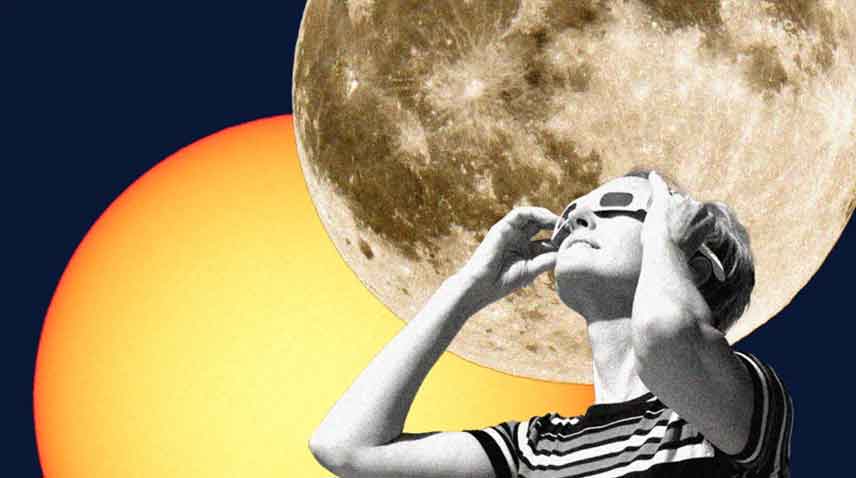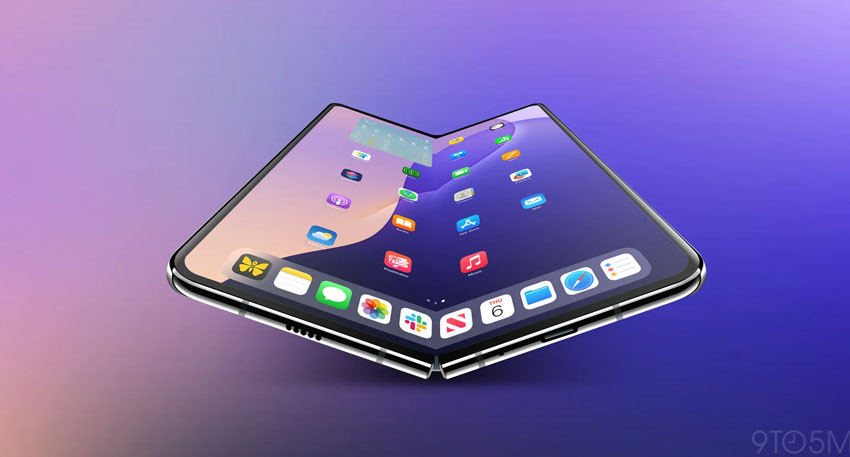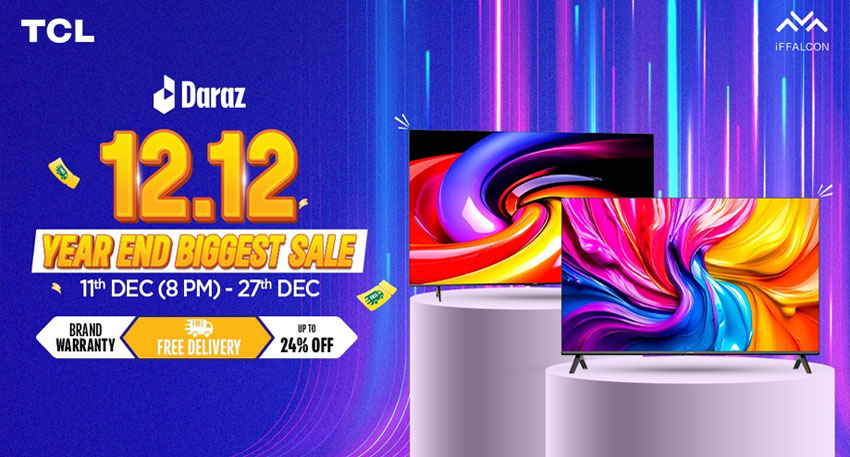
The event will be visible to millions — including 32 million people in the US alone. They live along the route the moon’s shadow will travel during the eclipse, known as the path of totality. For those in the areas experiencing totality, the moon will appear to completely cover the sun. Those along the very center line of the path will see an eclipse that lasts between 3½ and 4 minutes, according to NASA.
During the 2017 total solar eclipse, a young woman was diagnosed with solar retinopathy, retinal damage from exposure to solar radiation, in both eyes after viewing the eclipse with what doctors believed were eclipse glasses not held to the safety standard. There is no treatment for solar retinopathy. It can improve or worsen, but it is a permanent condition.
The only time it’s safe to view the sun without eye protection is during the “totality” of a total solar eclipse, or the brief moments when the moon completely blocks the light of the sun and no sunlight is visible, according to NASA.
Otherwise, wear certified ISO 12312-2 compliant eclipse glasses or use a handheld solar viewer before and after totality, and at all times during a partial eclipse.
Separately, you can observe the sun with a telescope, binoculars or camera that has a special solar filter on the front, which acts the same way eclipse glasses would.
Sunglasses won’t work in place of eclipse glasses or solar viewers, which are 100,000 times darker and held to an international safety standard.
The lenses of solar eclipse glasses are made of black polymer, or resin infused with carbon particles, which blocks nearly all visible, infrared and ultraviolet light, according to The Planetary Society. Sunglasses don’t block infrared radiation.
For safe manufacturers and resellers of eclipse glasses and filters for optical devices, including cameras and smartphones, check out the list curated by the American Astronomical Society.
Worried that you might have bought fake eclipse glasses? Test them out indoors first to make sure they’re safe to use while looking at the sun.
Put on your eclipse glasses before looking up and remember to turn away from the sun before you remove them again. Always keep an eye on any children wearing eclipse glasses to make sure they don’t remove them while looking at the sun.
If you normally wear eyeglasses, keep them on and put eclipse glasses over them or hold a handheld viewer in front of them, according to the American Astronomical Society.
Don’t look at the sun through any unfiltered optical devices — camera lenses, telescopes, binoculars — while wearing eclipse glasses or using a handheld solar viewer, according to NASA.
Solar rays can still burn through the filter on the glasses or viewer, given how concentrated they can be through an optical device, and can cause severe eye damage.
The next total solar eclipse won’t be visible across the contiguous United States again until August 2044. (It’s been nearly seven years since the “Great American Eclipse” of 2017.) And an annular eclipse won’t appear across this part of the world again until 2046.
A total solar eclipse occurs when the moon passes between Earth and the sun, completely blocking the sun’s face.
Those within the path of totality will see a total solar eclipse. People outside the path of totality will still be able to see a partial solar eclipse, where the moon only blocks part of the sun’s face.
During a total solar eclipse, the sky will darken as it would at dawn or dusk, and there are several phases for sky-gazers to anticipate.
The moon doesn’t suddenly appear between Earth and the sun — the event begins with a partial eclipse in which it looks like the moon is taking a “bite” out of the sun, causing the sun to resemble a crescent. Depending on your location, the partial eclipse can last between 70 and 80 minutes, according to NASA.
When the moon begins to cross in front of the sun, the star’s rays will shine around valleys on the moon’s horizon, creating glowing drops of light around the moon in a phenomenon called Baily’s beads.
Baily's beads are one of the last, quick phases of an eclipse before totality occurs.
As totality nears, Baily’s beads will quickly disappear until a single point of light remains, resembling a glistening giant diamond ring.
The diamond ring will disappear when totality arrives, and there is no longer any sign of direct sunlight. Bright stars or planets like Venus may shine in the dark sky, and the air temperature will drop as the sun disappears. The sudden darkness causes animals to grow quiet.




